New Zealand’s rich marine environment provides some of the world’s most
spectacular whale-watching opportunities. The country’s diverse coastline, deep
underwater canyons, and nutrient-rich waters attract numerous species of whales
throughout the year.
From the warm waters of the Bay of Islands to the deep fiords of the South Island, these 20 locations offer unique perspectives on these magnificent marine mammals.
Whether you’re seeking close encounters with sperm whales, hoping to spot rare
beaked whales, or wanting to witness the acrobatic displays of humpbacks, these
destinations promise unforgettable wildlife experiences in stunning natural settings.
Kaikoura Peninsula
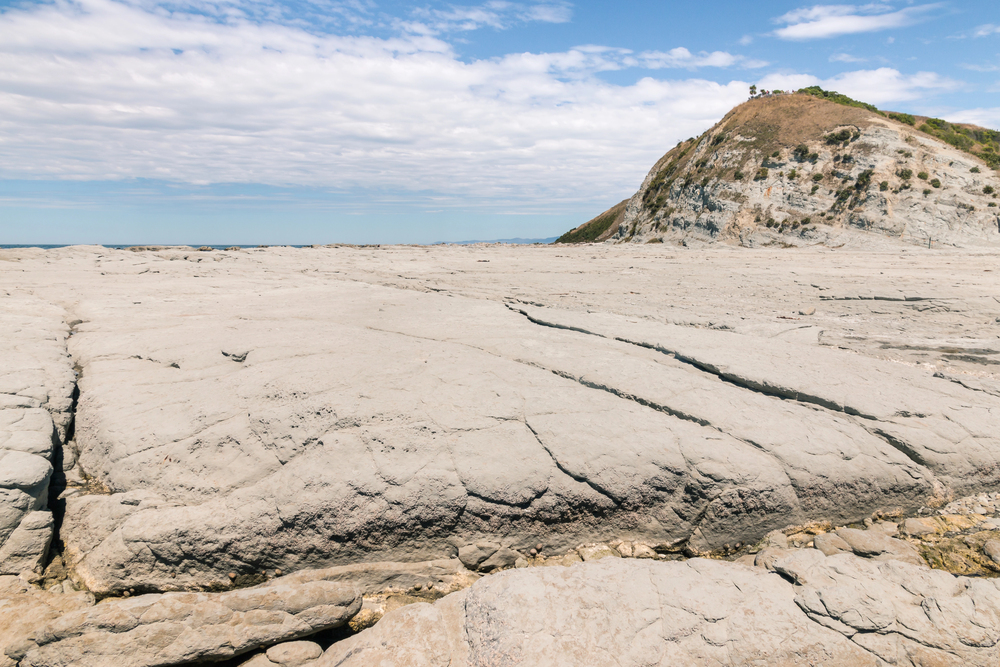
Renowned as New Zealand’s whale-watching capital, Kaikoura offers year-round
sightings of giant sperm whales hunting in the deep underwater canyon just offshore.
The unique combination of warm and cold ocean currents creates a rich feeding
ground that attracts various marine species.
You can choose between boat tours, which boast a 95% success rate for whale sightings, or scenic flights that provide spectacular aerial views. Local Māori guides share traditional knowledge about the area’s special relationship with these marine giants during cultural tours.
Bay of Islands
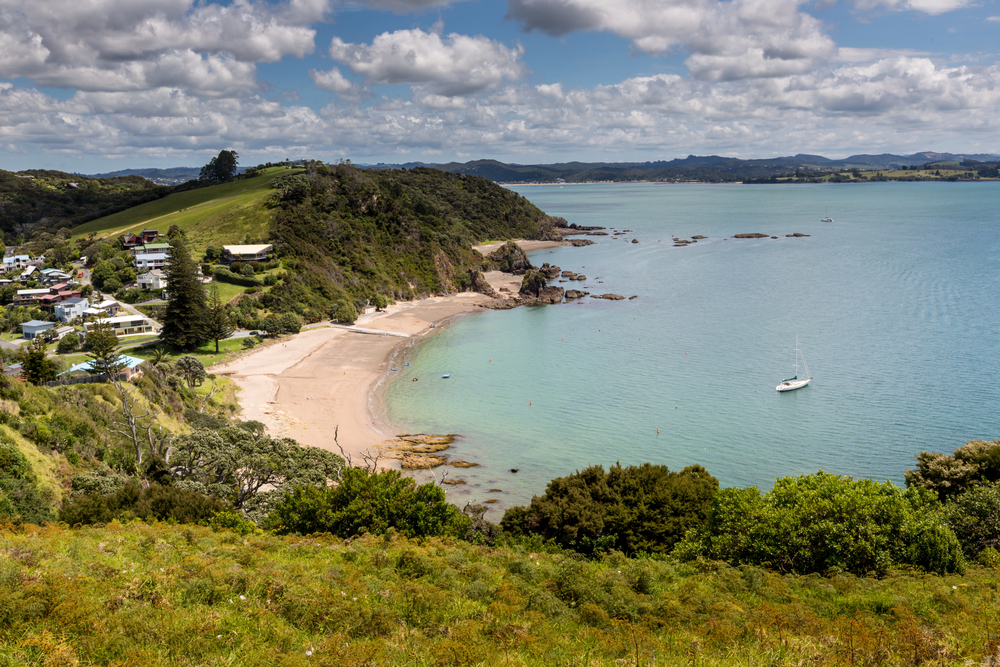
This subtropical paradise in the North Island becomes a nursery for humpback
whales during their annual migration from June to July. The sheltered waters around
the 144 islands provide perfect conditions for whale watching, with common dolphins
often accompanying the boats.
Local operators offer intimate sailing experiences limited to small groups, increasing your chances of meaningful encounters. The historic town of Russell serves as the perfect base, with its rich whaling history now transformed into conservation education.
Like Travel Pug’s content? Follow us on MSN.
Hauraki Gulf Marine Park
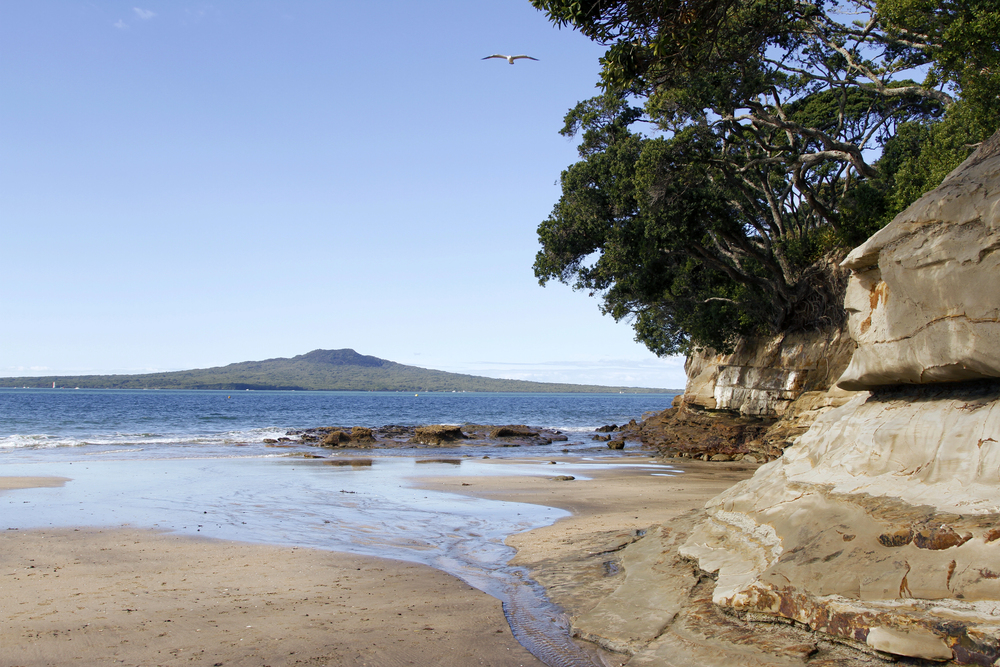
Just off Auckland’s coast, this vast marine park hosts Bryde’s whales year-round,
one of the few places in the world where these creatures maintain a resident
population. The gulf’s nutrient-rich waters support an abundant food chain, attracting
various whale species, including orcas and pilot whales.
Half-day tours depart regularly from downtown Auckland, making this one of the most accessible whale- watching destinations. The nearby Tiritiri Matangi Island offers additional wildlife viewing opportunities between whale sightings.
Marlborough Sounds
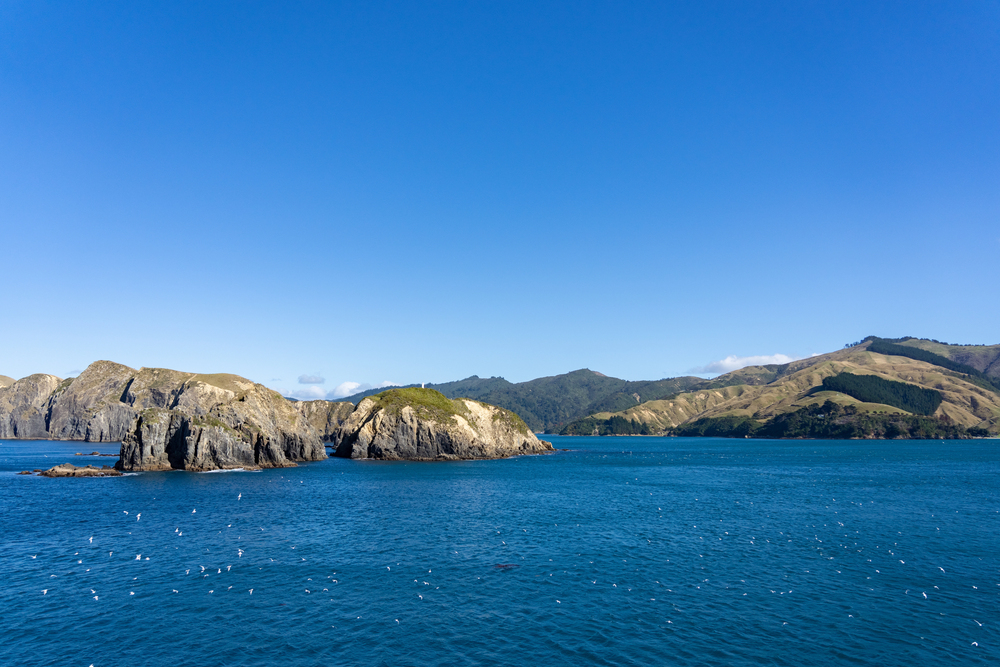
These intricate waterways become a highway for migrating humpback whales
between June and August, with the sheltered waters providing perfect resting spots.
The sounds’ unique geography creates multiple vantage points for land-based whale
watching from scenic lookouts.
Local water taxi operators offer flexible viewing opportunities, often combining whale watching with visits to hidden coves and historic sites. The small town of Picton serves as an ideal base, with excellent
Mercury Bay
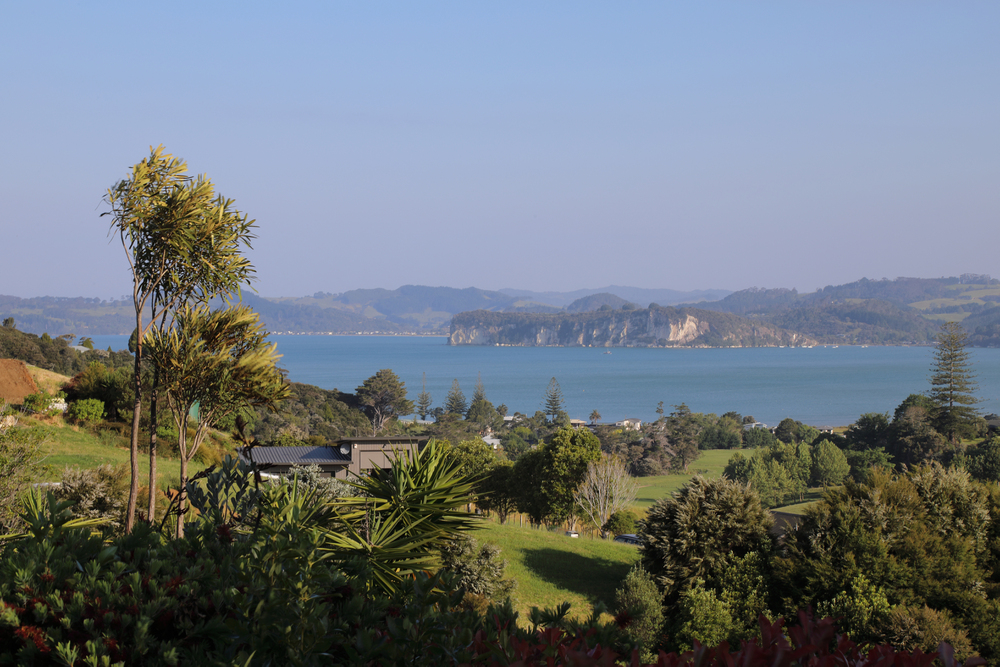
The warm waters off the Coromandel Peninsula attract various whale species,
including the occasional blue whale during spring migration. The historic town of
Whitianga offers both boat tours and scenic flights, providing different perspectives
on these marine giants.
Local operators maintain a detailed database of whale sightings, helping to predict the best viewing times. The nearby Cathedral Cove Marine Reserve adds another dimension to your marine wildlife experience.
Like Travel Pug’s content? Follow us on MSN.
Stewart Island
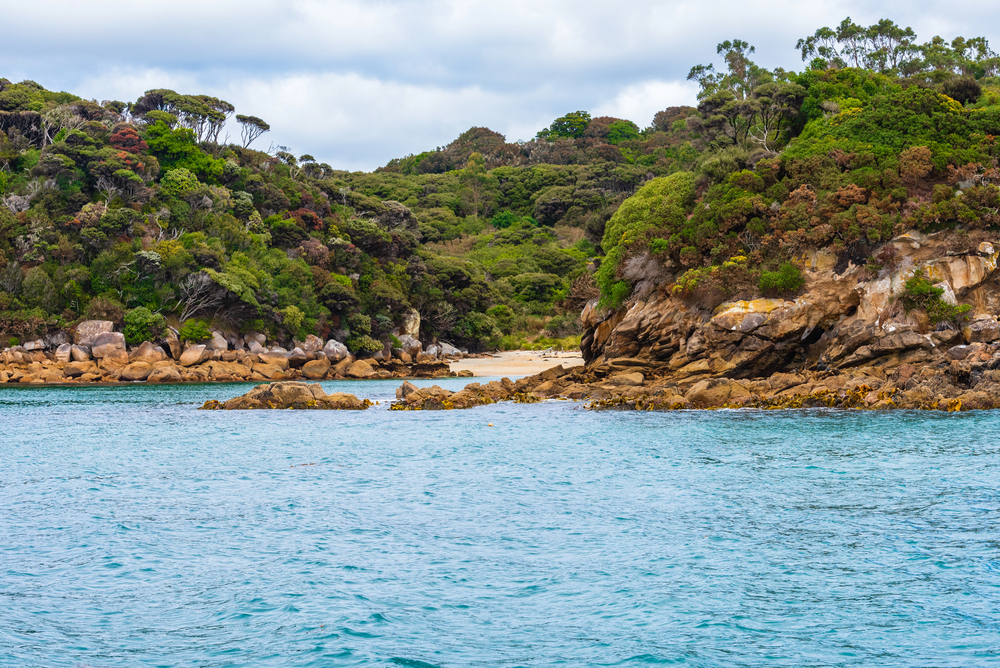
New Zealand’s southernmost island offers unique opportunities to spot rare beaked
whales in the deep waters of Foveaux Strait. The island’s remote location and
smaller population mean less marine traffic, creating better conditions for whale
watching.
Winter months bring southern right whales close to shore, often visible from land-based viewing points. The local community of Oban provides authentic Kiwi hospitality and expert guides who understand the local marine environment.
Akaroa Harbour
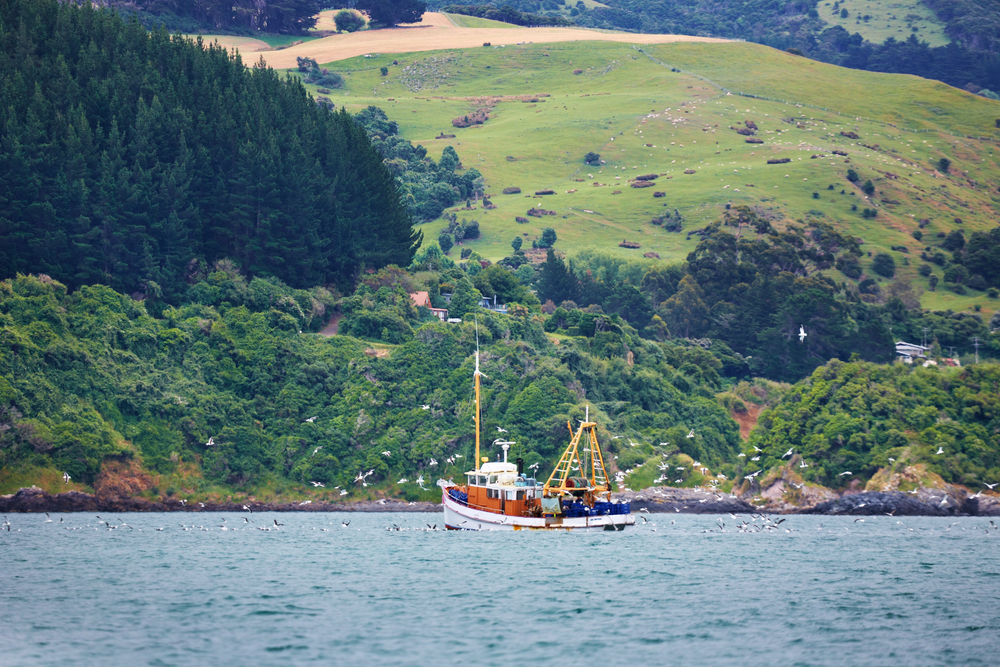
This ancient volcanic crater on Banks Peninsula provides shelter for various whale
species, including the rare Hector’s dolphin. The deep waters of the harbor attract
sperm whales and orcas, particularly during the summer months.
Local operators use small vessels that minimize the impact on marine life while providing intimate viewing experiences. The French-influenced town of Akaroa offers charming accommodation options and excellent seafood restaurants for post-whale-watching meals.
Poor Knights Islands
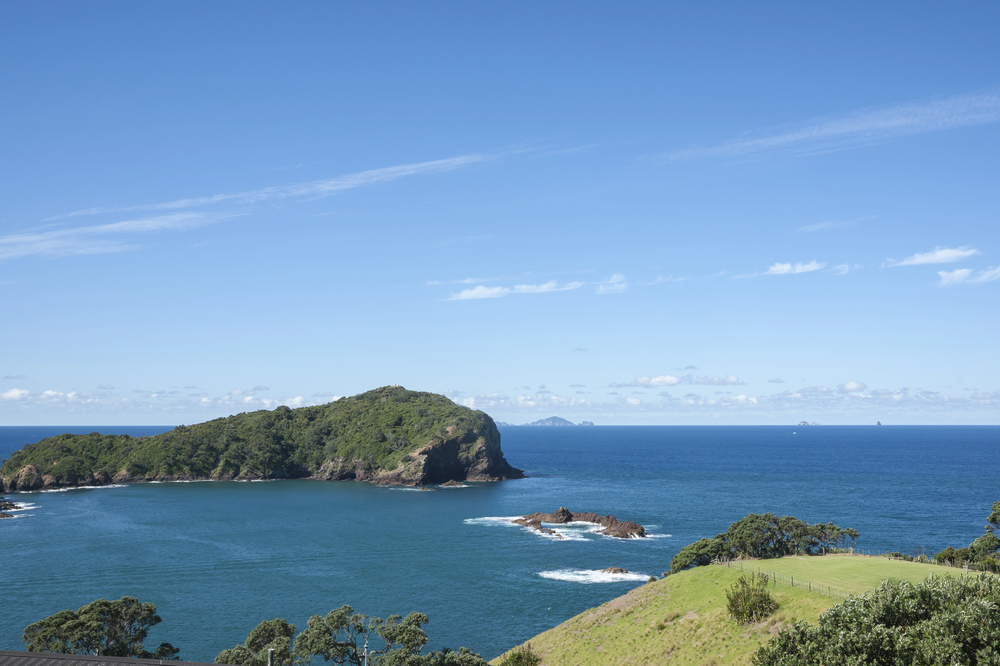
Located off Northland’s east coast, these marine reserve islands attract diverse
whale species throughout the year. The islands’ underwater topography creates
perfect conditions for marine mammals, with regular sightings of pilot whales and
orcas.
Diving and snorkeling options allow you to experience the islands’ rich marine
life between whale sightings. The nearby town of Tutukaka provides excellent
facilities and experienced operators who understand local weather patterns.
Like Travel Pug’s content? Follow us on MSN.
Doubtful Sound
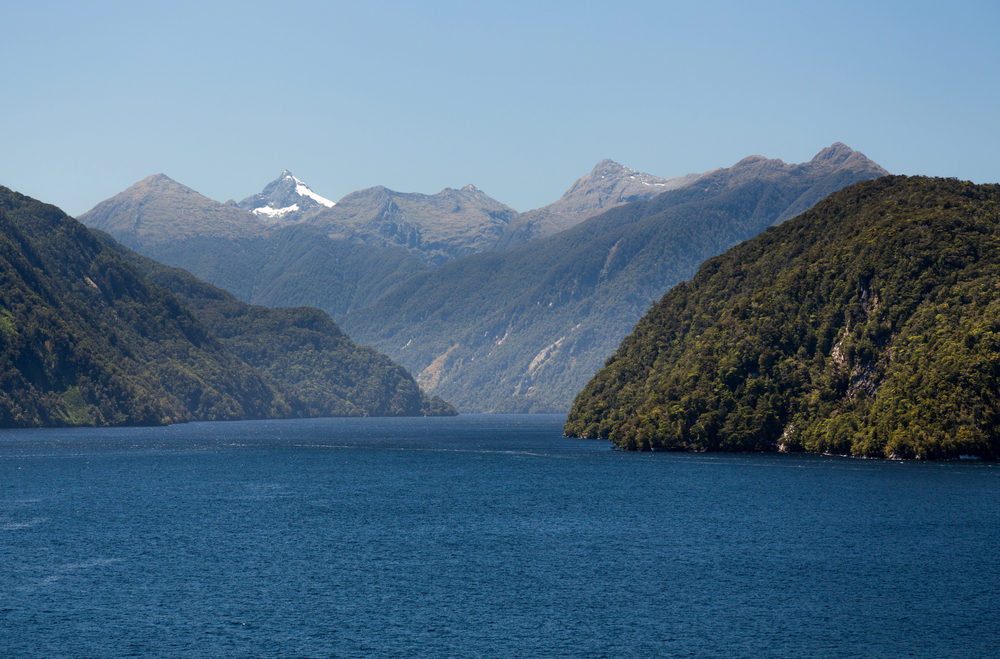
This remote fiord in Fiordland National Park offers serene whale-watching
experiences away from larger tourist groups. The sound’s deep waters attract
bottlenose dolphins year-round and occasional visits from sperm whales and orcas.
Overnight cruises provide opportunities for dawn and dusk wildlife viewing when
marine mammals are most active. The isolation and grandeur of the surroundings
add an extra dimension to your whale-watching adventure.
Bay of Plenty
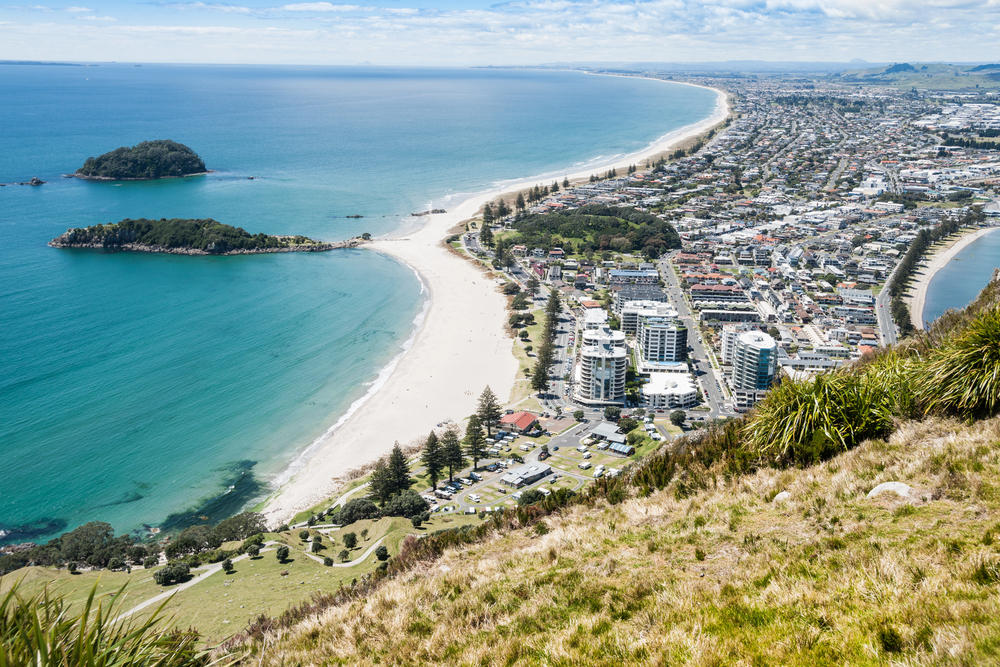
The waters off Tauranga and Mount Maunganui host various whale species,
particularly during the spring migration period. Local operators offer year-round tours
with high success rates for spotting pilot whales and orcas.
The nearby Mōtītī Island provides additional viewing opportunities and cultural insights from local Māori guides. The region’s excellent infrastructure makes it easy to combine whale watching with other activities.
Golden Bay
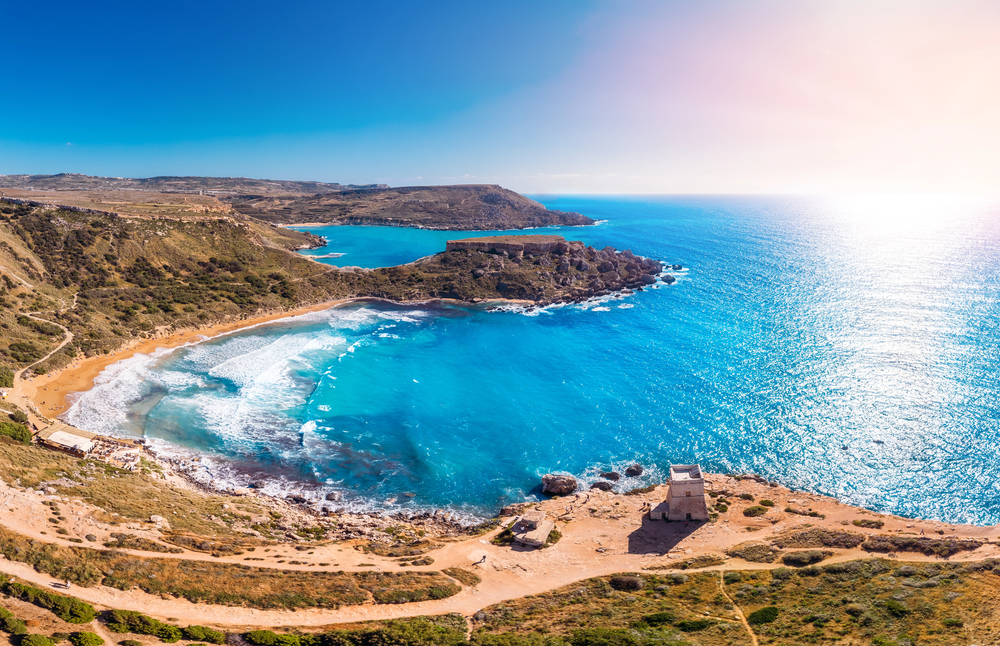
The sheltered waters of this northern South Island bay become a rest stop for
migrating whales between May and August. The long, curved Farewell Spit creates
perfect conditions for viewing southern right whales during their annual migration.
Local eco-tourism operators provide educational components focusing on marine
conservation and whale behavior.
The artistic community of Takaka offers unique accommodation options and excellent organic dining choices.
Like Travel Pug’s content? Follow us on MSN.
Wellington Harbour
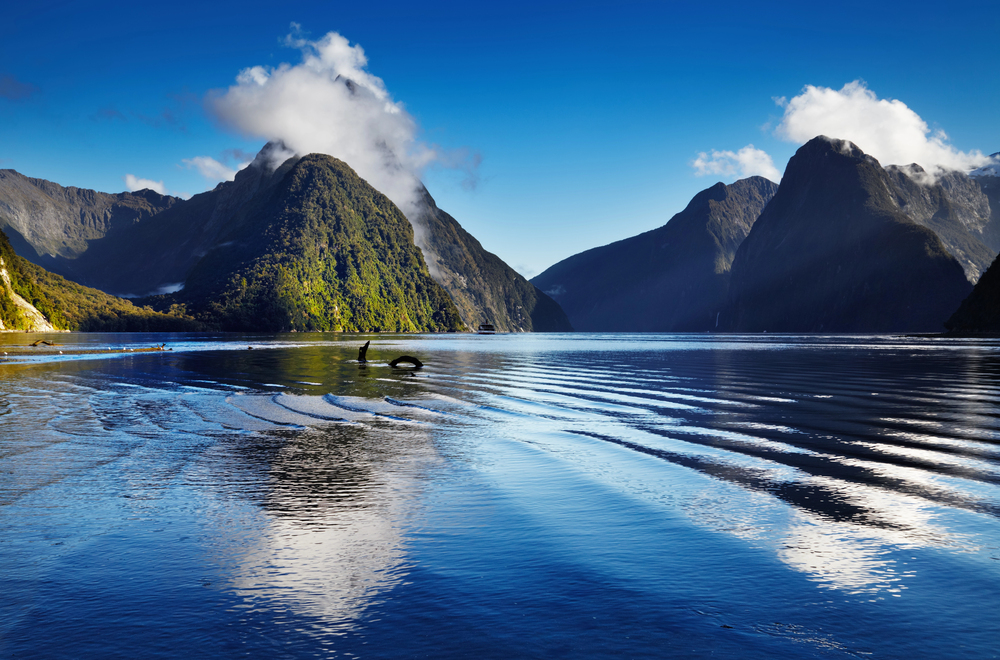
The capital city’s deep harbor regularly hosts visits from orcas hunting for stingrays
along the rocky coastline. The harbor’s enclosed nature makes it easy to track whale
movements, with a network of local spotters sharing sighting information.
Regular ferry services to the South Island often encounter whales in Cook Strait, offering bonus viewing opportunities. The city’s elevated viewpoints provide excellent land- based whale-watching locations during peak seasons.
Fiordland Coast
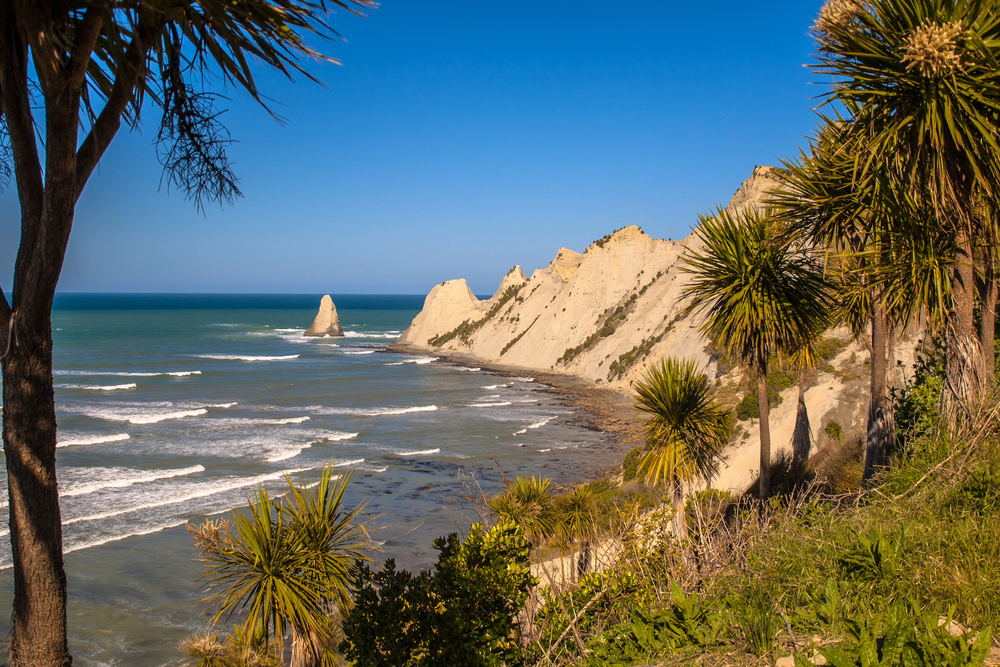
The remote southwestern coast offers opportunities to spot rare southern bottlenose
whales and beaked whales. Multi-day cruises provide access to isolated fiords where
whales often seek shelter.
The untouched wilderness setting adds a special dimension to wildlife encounters. The small town of Te Anau serves as the gateway, offering expert guides and comprehensive trip-planning services.
Hawke’s Bay
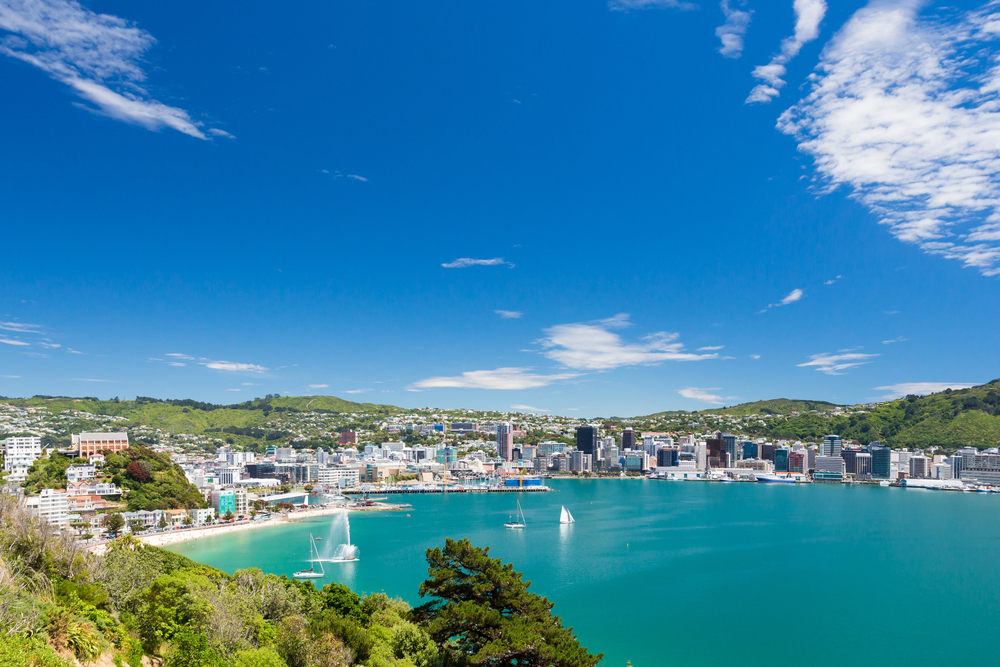
The waters off Napier and Hastings attract various whale species during their annual
migrations between June and August. Local operators offer both traditional boat
tours and innovative helicopter whale-watching experiences.
The Art Deco cities provide excellent land-based facilities and accommodation options. Marine education centers offer insights into local whale species and conservation efforts.
Like Travel Pug’s content? Follow us on MSN.
Coromandel Peninsula
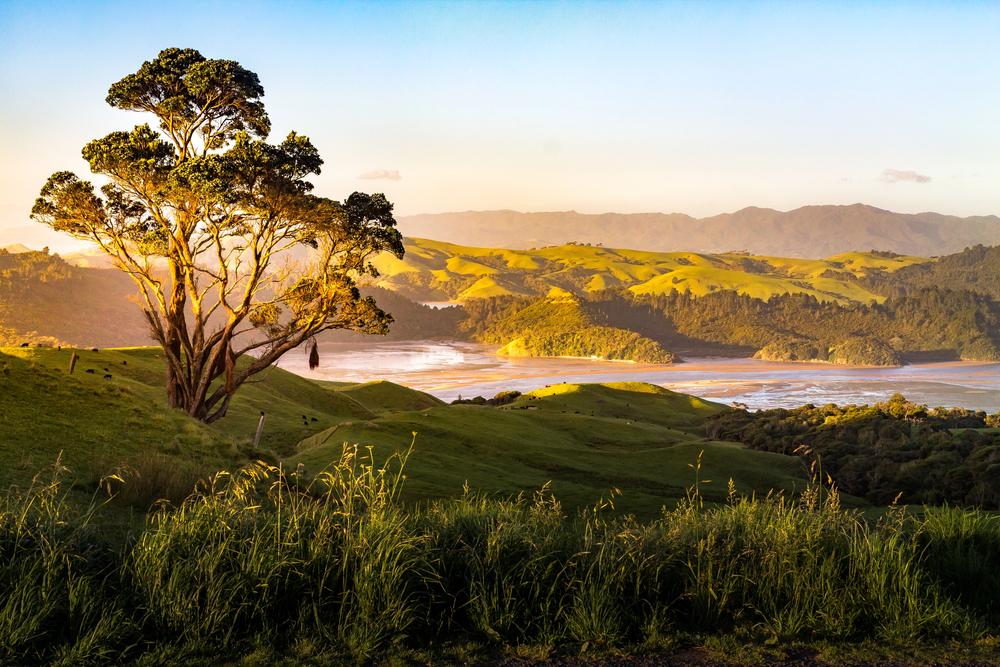
The eastern coastline of this popular peninsula provides excellent whale-watching
opportunities, particularly during spring migration. The towns of Whangamata and
Pauanui offer various tour options, from traditional boats to kayaking adventures.
Local Māori guides share traditional knowledge about the area’s connection with
whales. The peninsula’s numerous beaches offer potential land-based viewing
locations.
Chatham Islands
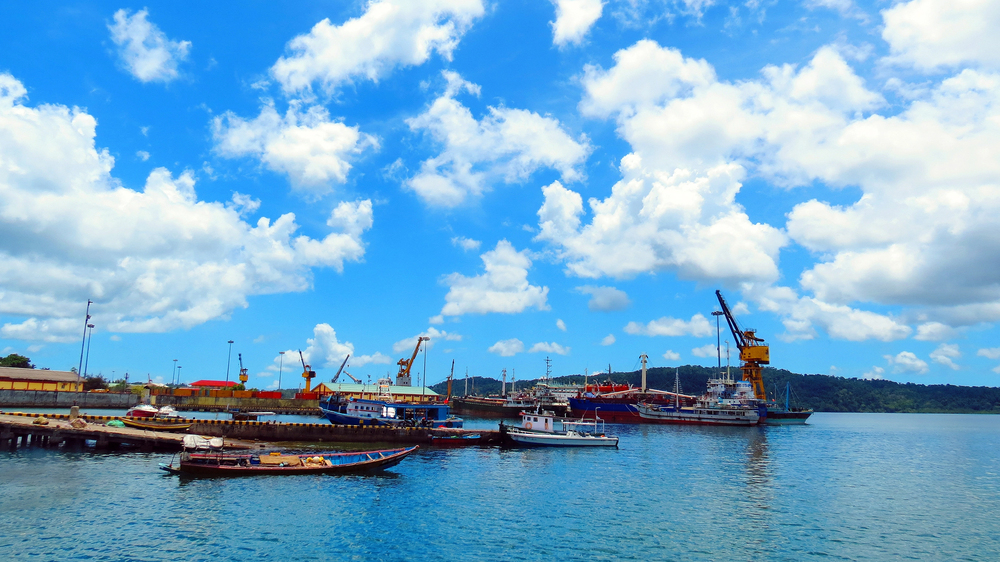
These remote islands, located 500 miles east of mainland New Zealand, offer unique
whale-watching opportunities in pristine waters. The islands’ isolation means less
marine traffic and more natural whale behavior.
Regular sightings include sperm whales, blue whales, and various beaked whale species. The local community provides authentic hospitality and deep knowledge of marine wildlife patterns.
Dunedin Coast
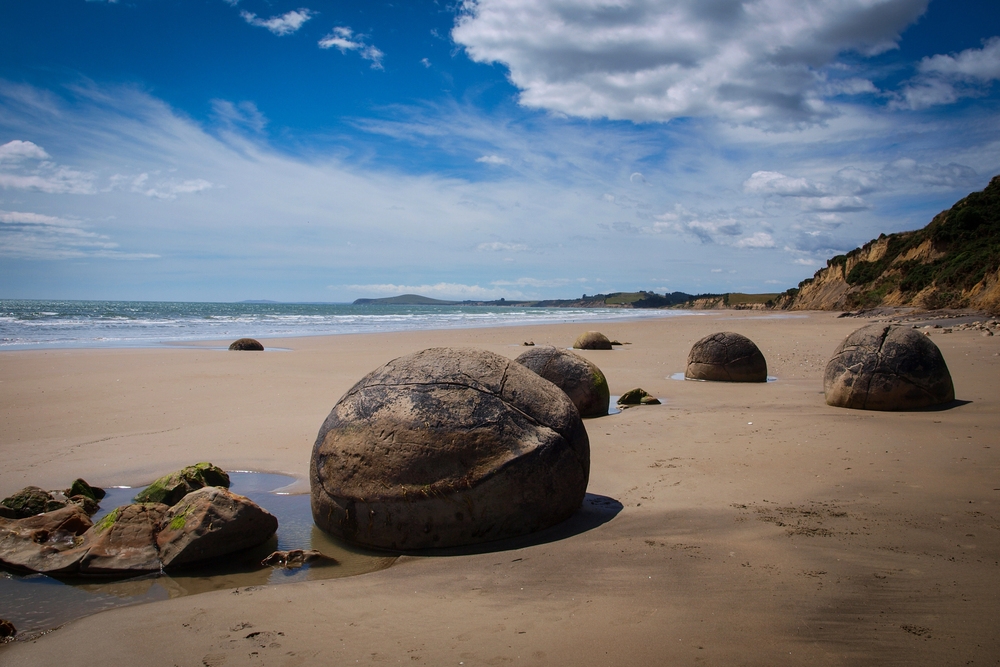
The waters off the Otago Peninsula host northern right whales during their annual
migration, with regular sightings from June to August. The deep underwater canyons
near the coast attract various whale species year-round.
Local wildlife tour operators combine whale watching with visits to albatross colonies and penguin beaches. The city’s Scottish heritage adds cultural interest between wildlife viewing sessions.
Like Travel Pug’s content? Follow us on MSN.
East Cape
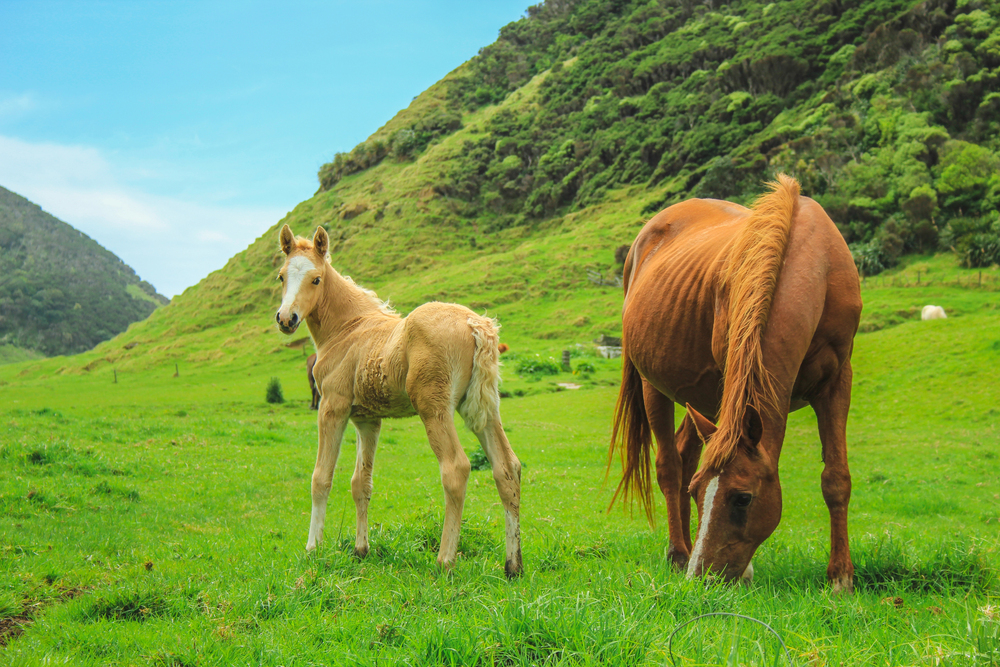
The remote eastern tip of the North Island provides opportunities to spot various
whale species in uncrowded waters. Local Māori operators offer cultural
perspectives on whale watching and marine conservation.
The area’s relative isolation means more natural whale behavior and fewer tourist boats. The nearby town of Te Araroa provides basic facilities and authentic local experiences.
Raglan
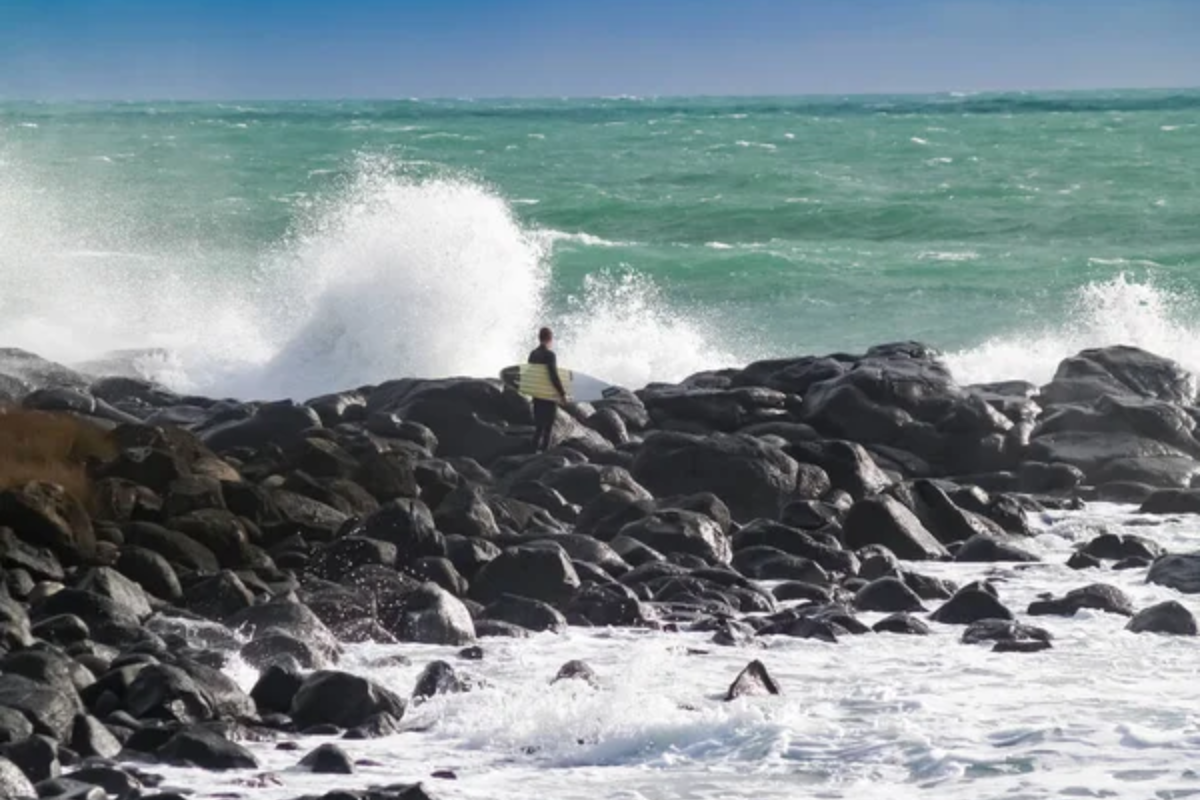
The west coast surf town offers regular sightings of orcas and pilot whales
throughout the year. Local operators combine whale watching with surfing culture
and marine education.
The black sand beaches provide excellent land-based viewing opportunities during migration seasons. The laid-back atmosphere allows for flexible scheduling based on whale movements and weather conditions.
Abel Tasman Coast
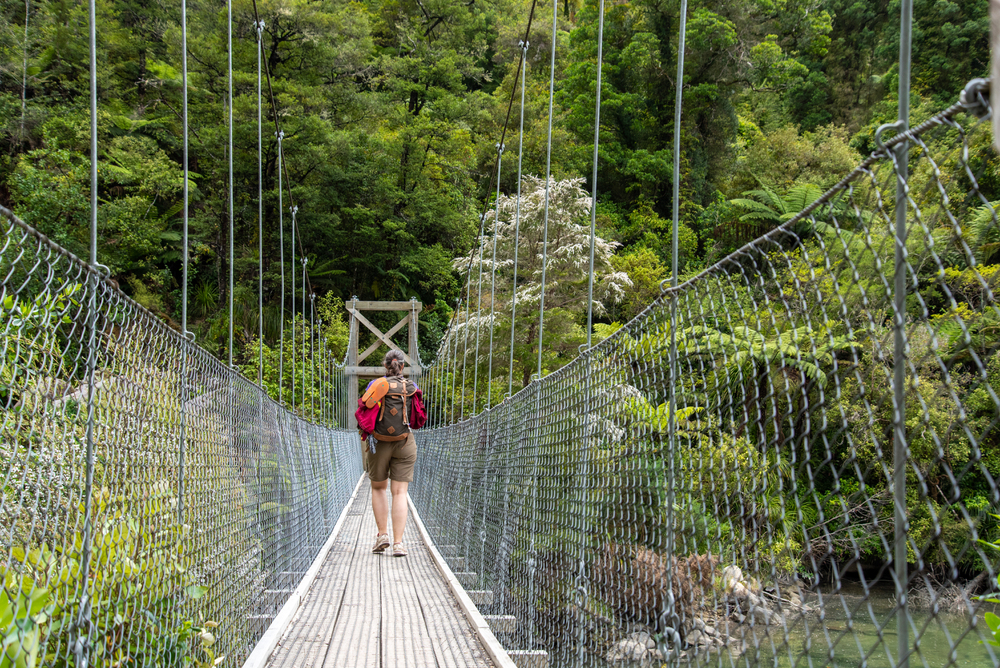
The northern coast of Abel Tasman National Park becomes a highway for migrating
humpback whales between June and August. Kayaking tours offer unique
perspectives on marine wildlife, including close encounters with seals and dolphins
between whale sightings.
The coastal track provides numerous vantage points for land-based whale watching. Local water taxi services offer flexible transport options to prime viewing locations.
Like Travel Pug’s content? Follow us on MSN.
Discovering Marine Treasures
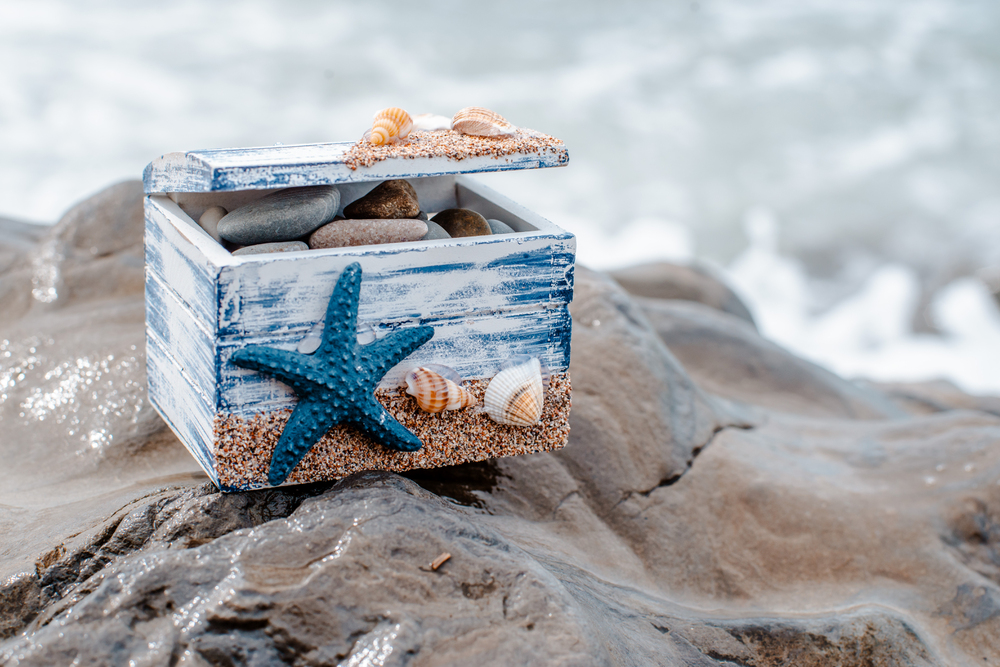
New Zealand’s diverse coastline offers whale-watching experiences to suit every
interest and ability level. From accessible urban harbors to remote island locations,
each destination provides its unique perspective on these magnificent marine
mammals.
Remember to book with certified operators who follow responsible wildlife viewing guidelines, and be prepared for weather changes that can affect viewing conditions.
While sightings can never be guaranteed, the country’s rich marine environment and
experienced operators ensure the best possible chances of memorable encounters.
Pack your binoculars, bring your camera, and prepare to be amazed by New
Zealand’s spectacular marine wildlife.
More from Travel Pug

- 15 Dangerous European Cities to Avoid
- 15 Caribbean Islands Where Tourists Keep Getting Scammed
- The 20 Most Fascinating Abandoned Places: A Journey Through Time and Forgotten Spaces
- 15 Hidden Places in the Smithsonian Museums Locals Love: A Guide to Lesser-Known Treasures
- 16 Hidden Florida Beach Towns That Aren’t Overrun with Tourists
Like Travel Pug’s content? Follow us on MSN.
